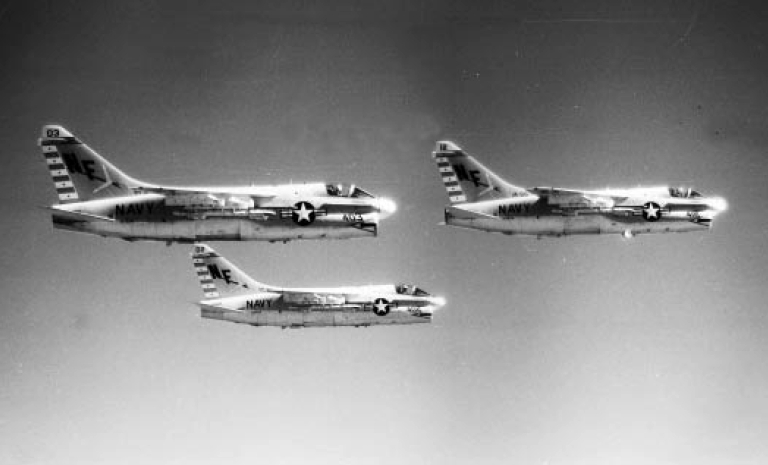Iranian Link to Russia’s MiG-31 Sale to Syria?

(Picture from globalaircraft.org)
Reports at the Paris Airshow this week that something was afoot between Russia and Syria over sales of MiG-31’s (and thereby updating Syria’s aging fleet of MiG-25’s) has generated a certain amount of heat over allegations that Iran is secretly funding the deal. More below the fold:
Sergey Chemezov, general director of Rosoboronexport [Russian state arms exporting enterprise], claimed at the Paris Air Show 19 June that his company "is not holding any negotiations with Iran and Syria on selling MiG fighters," according to main government information agency ITAR-TASS. "Our company is not holding negotiations to sell MiG fighter jets, including MiG-29, to Iran and Syria," he said, also cited by Russian Channel One’s Vremya news program 19 June, which specifies the MiG-29-0VT.
However, Ekho Moskvy asserted that Rosoboronexport has signed a contract on the supply of five MiG-31 interceptors to Syria, while a 19 June report in nonofficial news agency Interfax cites Russian Foreign Ministry spokesman Kamynin’s comment on reports that Russia has started to fulfill its contract to supply fighters to Syria: "All our deals in the area of military and technical cooperation comply with international law, as well as Russia’s obligations within the framework of various legal agreements and UN Security Council resolutions."
Boris Aleshin , head of the Federal Industry Agency, confirmed to Kommersant.com that there is a contract for the delivery of MiG-31E planes but declined to name the buyer.
It isn’t just the increased capability the MiG-31s would offer Syria though that has generated the interest – rather the question of a possible silent partner in the deal. That partner may be Iran, who perhaps is/was providing funding to Syria in an attempt to provide a plausible cover for purchasing the aircraft from Russia, who would not want to be seen selling advanced aircraft to a country that has balked and blocked efforts at nuclear non-proliferation and faces possible additional sanctions frmo the UNSCR…
Kommersant.com 19 June asserted that Iran may be the "big winner" from the deal, because there exists an Iranian-Syrian mutual defense agreement, and Iran is "financing Damascus’s purchase."
Ekho Moskvy 19 June inclined toward this view: "it is not quite clear" whether it will be Damascus that will pay. Experts believe that Iranian money, is behind the deal and that, " in the end," Iran could get the Russian aircraft for its own use: Again, according to "experts," the Syrians are buying the weapons using "Iranian money," the radio station said.
In the same report, however,Yezhednevnyy Zhurnal.ru internet publication military observer Aleksandr Golts "doubts" that the MiGs that have been sold to Syria could finally end up in a third country.
Vladimir Vypryazhkin, deputy general director of the state-owned MiG Russian Aviation Construction Corporation, told Kommersant.com 19 June that export orders are starting to come in for the MiG-31. He declined to identify the source of the orders, but noted that "we are offering the MiG-31E on a trade-in basis for countries that have the MiG-25 interceptor." Kommersant.com comments that only Libya and Syria have MiG-25 fighter-interceptors at present since India recently retired its MiG-25s.
Israel, of course, has something to say about this as well and was partly responsible for bringing this issue to the light of day:
On 19 June, Tel Aviv’s independent, centrist Yedi ot Aharonot cited Israel‘s "fears" over the mooted sale of a number of Russian MiG-31s, the country’s "most advanced interceptor," to Syria, stating that Israel‘s defense establishment is "concerned" at this. Commenting on the sale, at that time still unconfirmed, Yuval Steinitz [Likud], former chairman of the Knesset Foreign Affairs and Defense Committee, said that this means that Syria is "preparing for war." Israeli Air Force Colonel Shmuel Gordon told Moscow daily Kommersant’s English-language website 19 June that this is a "quantitative leap in Syria‘s ability to wage an air war" against Israel.
By contrast, Aleksandr Khramchikhin of the Institute of Political and Military Analysis argued that the planes cannot be dangerous to Israel "in any way" unless Israel itself is planning to deliver air strikes against Syria, influential radio station Ekho Moskvy said 19 June.
How all this plays out and if the MiGs are finally delivered to Syria remains to be seen. It should come as no surprise that Iran is looking for an advanced interceptor aircraft to replace the aging/parts-embargoed F-14s who currently maintain that role. With the recent acquisition of the Tor M1 (aka SA-15) from Russia and the 96K6 Pantzyr systems, a truck mounted version of the Tunguska M1 self-propelled system from Syria, it is no secret that Iran is working hard to plug what it sees as gaps in its air defense system against possible military action to prevent it from acquiring nuclear weapons.
(Multiple sources)
(UPDATE 6/22) More discussion and analysis here and here.
| MiG-31 Foxhound Specifications | ||||||||||||||||||||||||||||||||||||||
|
||||||||||||||||||||||||||||||||||||||
(Table source: globalaircraft.org)



I don’t think this sale is a big deal. A monkey with a Rolex is still a monkey…with a rolex.
Perhaps…but as you well know there comes a point in planning/executing that you have to honor the threat, such as it may be, and as Tacobell points out even monkeys can be uncannily accurate (ok, it was gorillas in the post, but still in line with the gist of the idea)
– SJS
(unbecoming language edited out by siteowner)
Hey mahmoud – no raisins for you — Life Buoy instead. Have fun with the other spammers and bad boys in spam-limbo.
– SJS